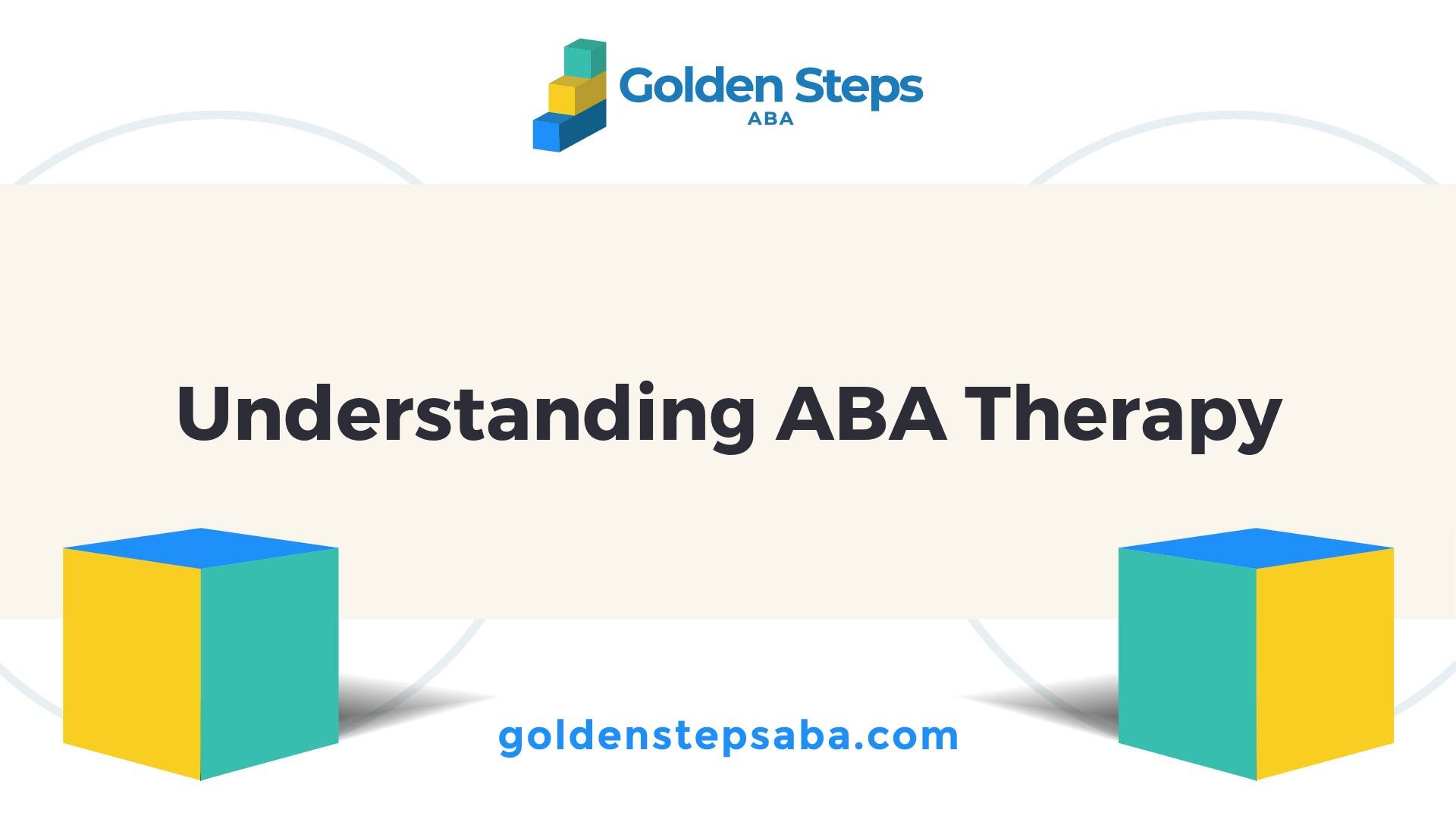
Understanding ABA Therapy
Definition of ABA Therapy
ABA therapy, or Applied Behavior Analysis, is a widely recognized treatment methodology aimed at assisting individuals with autism spectrum disorder (ASD) and other developmental disorders. Emphasizing behavior modification and skill enhancement, it is employed to improve social, communication, and learning abilities by applying principles rooted in behavioral psychology. Autism Speaks notes that therapists have utilized ABA since the 1960s to support children with autism and related developmental challenges.
In practice, ABA therapy involves systematic assessment of behavior, identification of specific goals, and data collection to measure progress. Each therapy session is purposefully designed to achieve measurable improvements in various areas, making it a focused approach to treatment.
Principles of ABA Therapy
ABA therapy is built upon several foundational principles that guide its application. Understanding these principles is essential for parents and caregivers when considering ABA for their loved ones.
PrincipleDescriptionPositive ReinforcementEncouraging desired behavior by providing rewards or incentives, reinforcing effective behaviors to increase their occurrence.Data-Driven MethodsCollecting and analyzing data to assess the effectiveness of interventions, which informs necessary adjustments to treatment.Behavior ModificationIdentifying and altering maladaptive behaviors through structured plans that include setting clear objectives.Individualized TreatmentTailoring programs based on each child’s unique needs, ensuring that interventions are relevant and effective Cross River Therapy.Skill AcquisitionFocusing on teaching new skills that improve overall functioning in social, academic, and behavioral contexts, thus enhancing quality of life.
ABA therapy is not a one-size-fits-all solution; it is highly adaptable. Therapists are trained to assess the individual symptoms and progress of each child, which allows for the development of personalized treatment plans. Importantly, formal training in detecting early signs of autism enables clinicians to make a positive impact on a child's learning and academic performance [1].
For more on how ABA can support children with varying needs, explore our articles on aba therapy for developmental therapies and aba therapy for autism behavioral support.
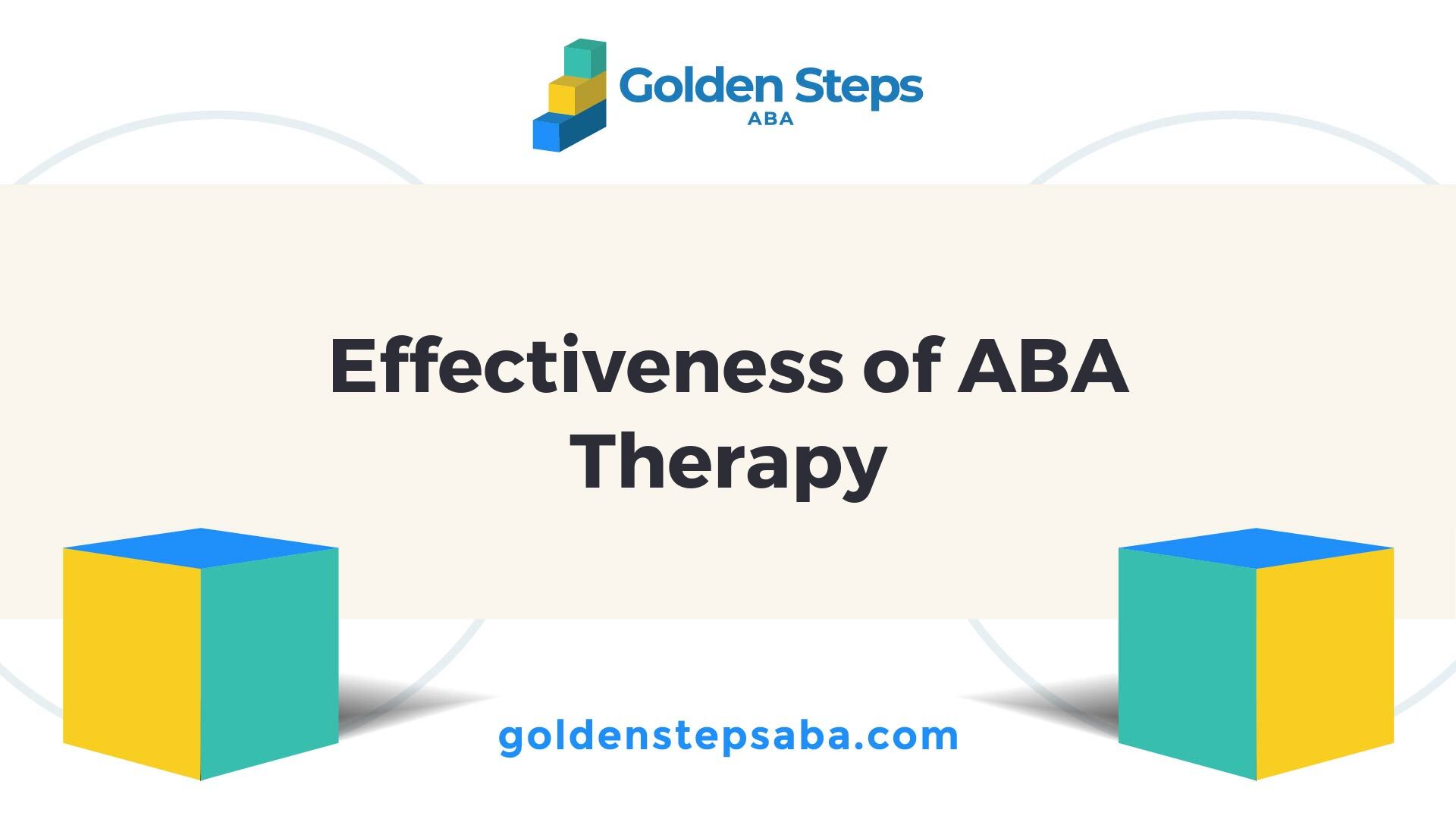
Effectiveness of ABA Therapy
ABA therapy, or Applied Behavior Analysis, is a well-researched intervention for children with developmental disorders, especially autism. Numerous studies support its effectiveness in improving various outcomes related to cognitive, social, and communicative skills.
Studies on ABA Therapy
Research underscores the comprehensive benefits of ABA therapy for children with autism. More than 20 studies have demonstrated that intensive and long-term therapy that employs ABA principles significantly enhances cognitive functioning, language development, daily living skills, and social skills in children with autism Autism Speaks.
The following table summarizes key outcomes observed in studies evaluating ABA therapy:
Outcome MeasurePercentage ImprovementCognitive Skills75%Language Development70%Social Communication65%Adaptive Behavior60%
According to a study published in the public database, improvements were noted across seven of the eight measures assessing the impact of ABA on youth with autism spectrum disorders (ASD) PMC. These measures include cognitive, language, social/communication, and emotional outcomes.
Improvements from ABA Therapy
ABA therapy is known for fostering significant developmental advancements in individuals with autism. The therapy enhances critical skills including communication, social interaction, adaptive behavior, and academic performance Apex ABA.
Research indicates that children who undergo ABA therapy generally demonstrate superior outcomes compared to those who do not receive such treatment. This emphasizes the therapy's role in aiding children with autism in becoming more independent and acquiring essential life skills. ABA therapy has also been shown to effectively enhance social and communication skills, encouraging children to interact with peers and adults, which is vital for everyday functioning Gold Star Rehab.
Overall, ABA therapy represents a powerful intervention for developmental disorders, providing a structured approach that not only improves specific behavioral outcomes but also enhances overall quality of life for children and their families. Parents seeking effective methods for their children can explore options such as aba therapy for childhood development, aba therapy for behavioral disorders, and other tailored resources within the spectrum of ABA therapy.
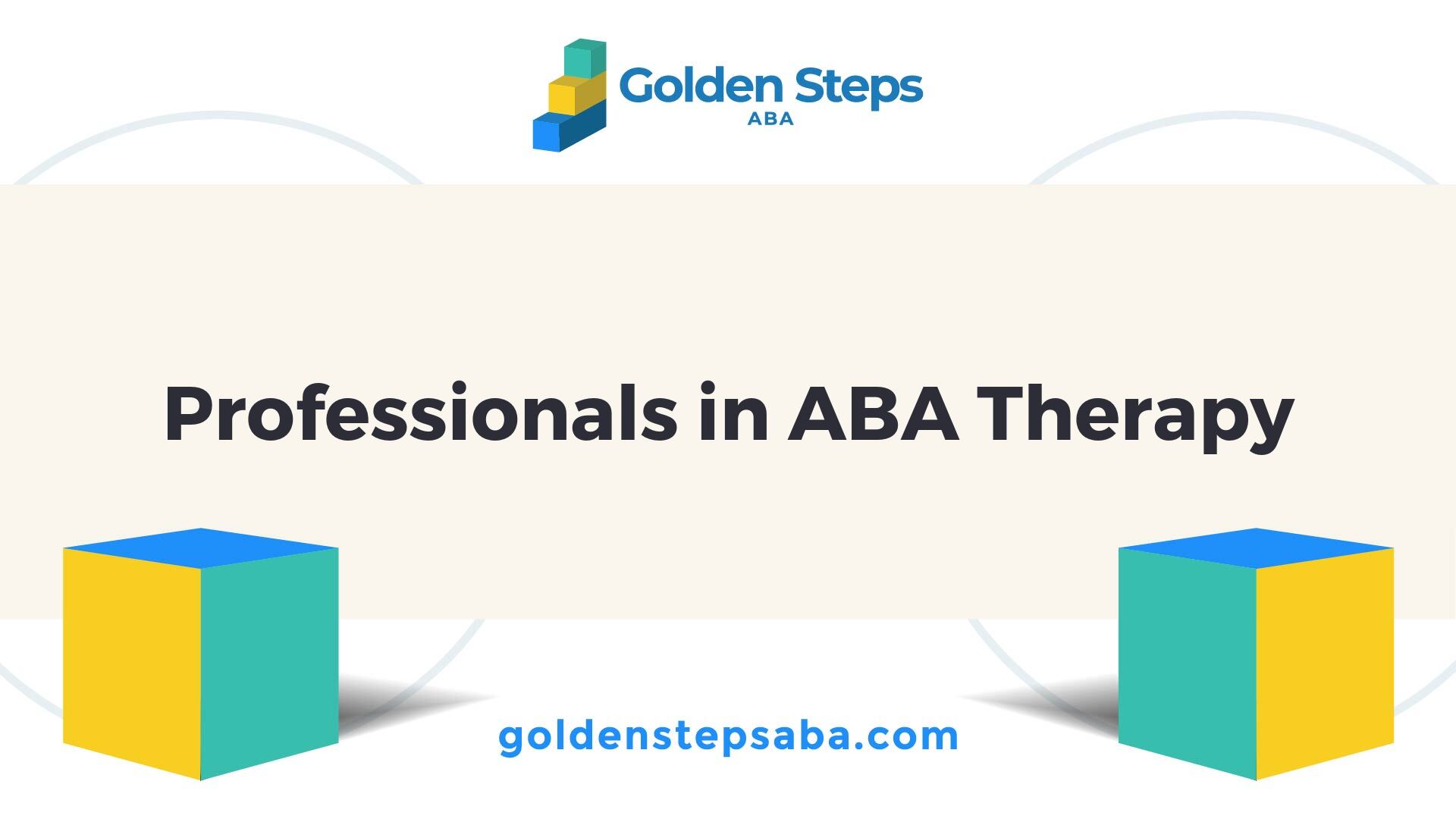
Professionals in ABA Therapy
In ABA therapy, various professionals play crucial roles in providing effective interventions for individuals with developmental disorders, particularly autism. Understanding these roles can help parents and caregivers navigate the world of ABA therapy more effectively.
Roles in ABA Therapy
The primary professionals involved in ABA therapy include board-certified behavior analysts (BCBAs) and registered behavior technicians (RBTs). Each has distinct responsibilities that contribute to the success of therapy programs.
Professional RoleResponsibilitiesBCBADesigns and oversees ABA therapy programs, conducts assessments, and ensures that interventions are data-driven and effective. Requires certification and advanced training in behavior analysis.RBTImplements the treatment plans designed by BCBAs, assists with data collection, and works directly with clients during therapy sessions. Requires a certain level of training and supervision from a BCBA.
ABA therapy is conducted by these trained professionals, who have expertise in child psychology and developmental psychology. Therapists typically hold certifications from the Board of Certified Behavior Analysts, ensuring a high level of training and qualification among practitioners [1].
BCBA vs. RBT in ABA Therapy
Understanding the differences between BCBAs and RBTs is essential for parents and caregivers seeking effective ABA therapy for developmental disorders.
BCBA (Board-Certified Behavior Analyst)
RBT (Registered Behavior Technician)
By utilizing a team of professionals, including BCBAs and RBTs, ABA therapy can effectively address the unique challenges faced by individuals with developmental disorders. For more information on specific applications of ABA, explore our articles on aba therapy for childhood development and aba therapy for autism behavioral support.
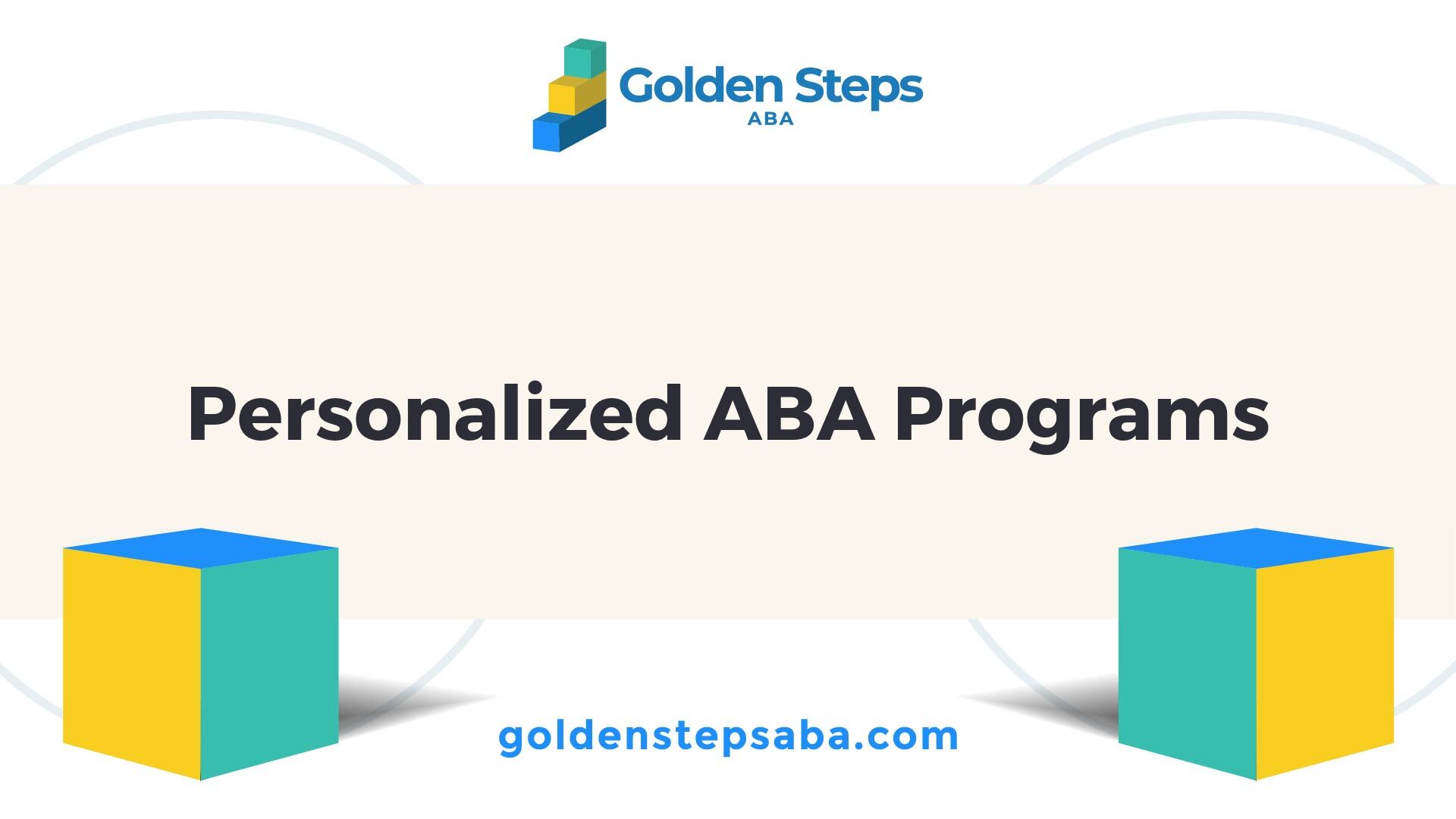
Personalized ABA Programs
ABA therapy is renowned for its ability to adapt to the individual needs of each child, making personalized programs essential for effective treatment. This section explores how tailoring ABA therapy and creating individualized treatment plans play a crucial role in supporting children with developmental disorders.
Tailoring ABA Therapy
Personalization is a hallmark of ABA therapy, ensuring that each child's unique goals and needs are addressed. There is no one-size-fits-all approach; instead, therapists assess individual symptoms and progress to develop the most suitable interventions.
Key aspects of tailoring ABA therapy include:
AspectDescriptionIndividual AssessmentOngoing evaluation of each child’s progress and specific symptoms.Tailored TechniquesUse of positive reinforcement and other techniques suited to the individual.Manageable StepsBreaking down skills into smaller, achievable tasks.
Individualized Treatment Plans
The effectiveness of ABA therapy lies in its focus on creating individualized treatment plans. Each plan is crafted to meet the distinct strengths, challenges, and aspirations of persons with ASD. The process involves:
Individualized treatment plans prioritize the child's goals while incorporating various techniques to support their development. By focusing on personalized strategies, ABA therapy not only addresses behavioral challenges but also fosters growth in areas such as learning and social interaction.
For more information on the effectiveness of ABA therapy, you can visit our sections on ABA therapy for behavioral disorders and ABA therapy and autism skill building.
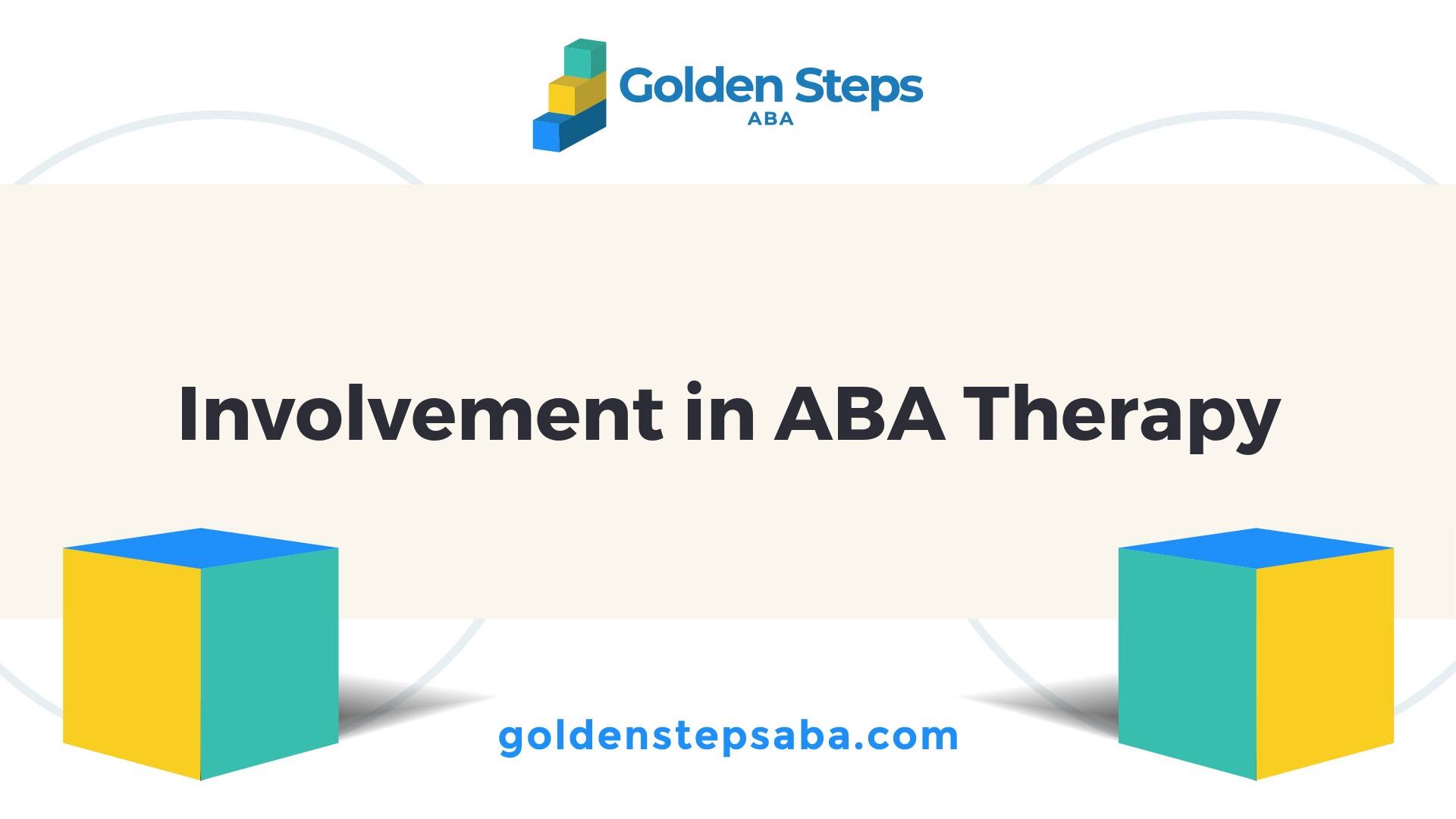
Involvement in ABA Therapy
The involvement of parents and caregivers in ABA therapy is critical for the success of treatment for developmental disorders, particularly autism. This collaboration ensures that approaches are individualized to effectively meet the child's needs.
Parental Role in ABA Therapy
Parents play an essential role in the ABA therapy process. They provide valuable insight into their child's behavior and learning styles, which helps therapists develop personalized treatment plans. This active participation enables a tailored approach, contributing to the overall effectiveness of the therapy.
Research indicates that when parents collaborate with clinicians in creating treatment strategies, it fosters a supportive environment that aids the child's growth in social skills and behavior [1]. The partnership between parents and therapists not only enhances communication but also promotes a shared understanding of therapy goals.
Important aspects of parental involvement include:
By being actively involved, parents ensure that therapy programs are tailored to their child's unique challenges and strengths, resulting in more effective outcomes [2].
Collaboration in ABA Treatment
Collaboration is fundamental in ABA therapy. The partnership among parents, therapists, and other professionals creates a comprehensive support system aimed at the child's development. This teamwork allows for ongoing adjustments to be made to treatment plans as needed, ensuring that they remain relevant and effective.
Key elements of collaboration in ABA treatment include:
This collaborative approach emphasizes that parents are not merely observers but active participants in the therapy journey. It lays the foundation for building skills that contribute to long-lasting improvements in behavior and social interactions, thus enhancing the overall quality of life for children with developmental disorders [3].
Cost Considerations
Understanding the financial aspects of ABA therapy for developmental disorders is crucial for parents and caregivers. The costs can be significant, and awareness of potential expenses can help in budgeting for necessary treatments.
Average Cost of ABA Therapy
In the United States, the average cost of ABA therapy with a board-certified therapist is around $120 per hour. Families may find that therapy for children with autism spectrum disorder (ASD) may require up to 40 hours of therapy each week to maximize its effectiveness. This substantial commitment translates into considerable financial implications.
ServiceCost per HourAnnual Estimate (40 hours/week)ABA Therapy$120$62,400
The potential of ABA therapy lies in its ability to promote improved behavior, social skills, and overall quality of life for children with ASD, making it a significant investment for families [4].
Insurance Coverage for ABA
Insurance coverage for ABA therapy can greatly alleviate the financial burden faced by families. Many insurance companies are required to cover ABA therapy due to various state mandates. Families should review their policy details, as costs will often depend on the deductible agreed upon with their insurance provider.
When ABA therapy is included under an insurance plan, it can lead to substantial savings compared to out-of-pocket payments. Many families may also find sliding scale payment plans offered by private funding sources as a viable option to ease financial constraints [5].
In conclusion, while ABA therapy can be a costly endeavor, understanding the average costs and exploring insurance options can significantly help parents make informed decisions regarding their children's therapy needs. For more specific applications of ABA therapy, consider exploring topics like aba therapy for autism behavioral support and aba therapy for behavioral disorders.

